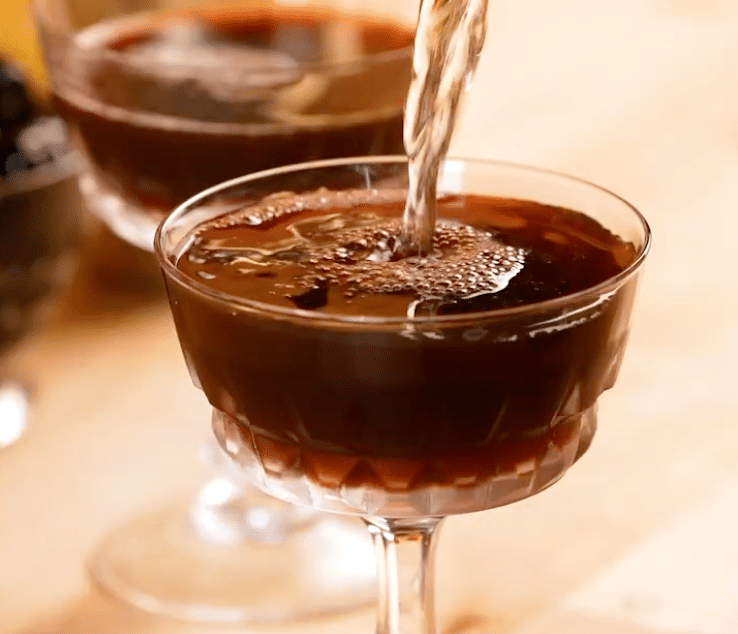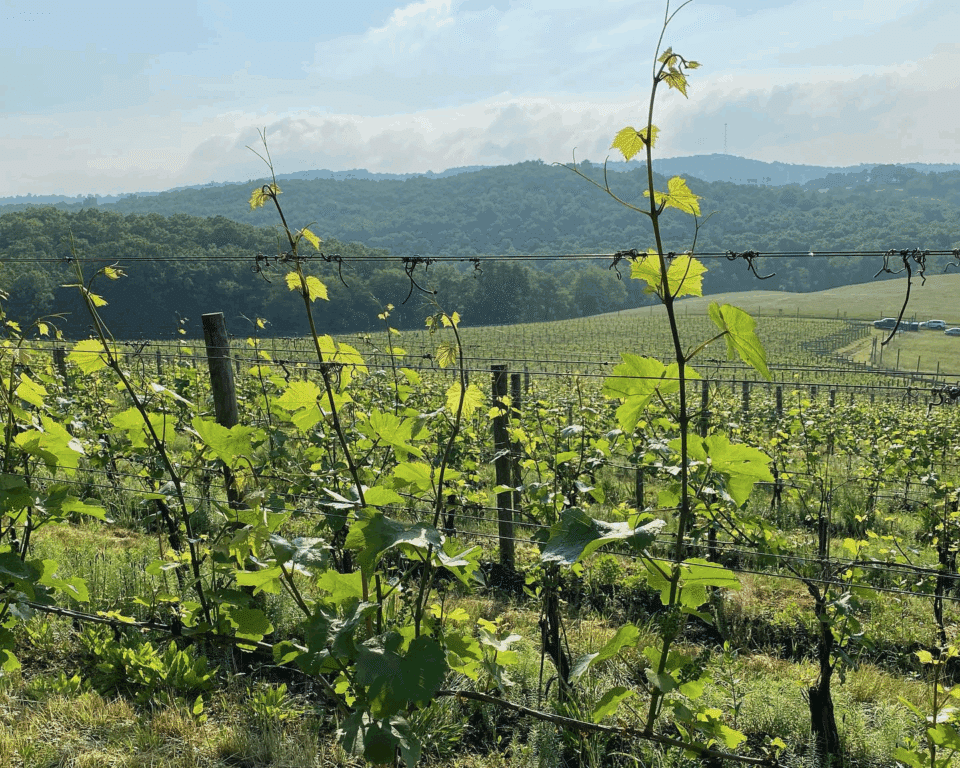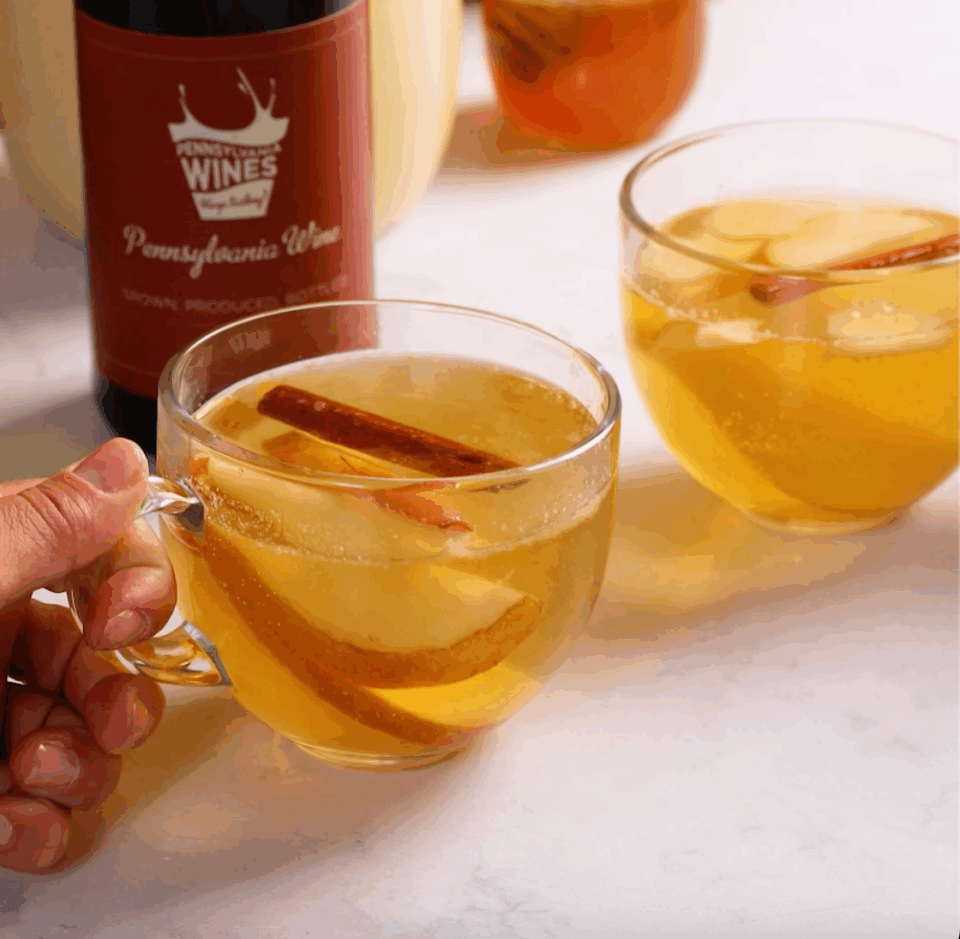The ancient, serpentine Susquehanna River has served people and industries for millennia. Today, it supports the rich agriculture of the 18 Pennsylvania counties within its watershed and some spectacular wineries along its banks. The Susquehanna Lowlands Pennsylvania Viticultural Area (PVA) is a developing central PA destination for some superb wines, including vinifera and hybrids that span sweet to bone dry.

The Susquehanna River
We spoke with Caleb Wright of Armstrong Valley Vineyard and Winery in Halifax, PA, whose vineyards sit just a few miles from the river within the Susquehanna Valley. Armstrong’s award-winning portfolio includes the top picks of sommeliers and wine enthusiasts, reflecting Wright’s propensity for working with the area’s terroir. He told us about growing grapes and making wine in the Susquehanna Lowlands PVA, some standout varietals, and why he thinks the best is yet to come for this special region.
Climate and Terroir
Any discussion of the Susquehanna Lowlands PVA starts with the river, a true force of nature and defining element of the region. “If we look back at the founding of Pennsylvania, there was a lot of value in the farmland along the Susquehanna River and proximity to the movement of products,” says Wright. “It’s a prominent component of the PVA. With the water comes great benefits, but also, sometimes, great challenges.”

Much of the river’s impact is site-specific. For Armstrong, located on the eastern side of the Susquehanna, there’s an ongoing presence of thick fog. “There are mornings when I can hardly see across the street,” says Wright. This dense fog, pushed up through the valley from the Atlantic and eastward by westerly winds, contributes to an increased diurnal shift, where the swing between day time high temperatures and nightly lows is great. Wright says that the resulting cool nights are “incredibly helpful,” particularly for growing challenging grapes like Pinot Noir. However, the humidity of the fog poses an issue. “East Coast hurricane fog leads to moisture in the vineyards, which can lead to rot issues and late season mildew pressures,” Wright explains. “So that’s always something we’re looking at with our integrated pest management. How do we make sure we have healthy vines?”
The region’s soil is a double-edged sword, as well. It’s ideal for growing large, leafy crops, but can lead to overly aggressive wine grape canopies. Wright says, “We’re trying to keep that vine in balance where it’s producing really great fruit and the canopy we’re looking for, but not so aggressively. We’re constantly having to hedge because there are so many nutrients in the soil.”
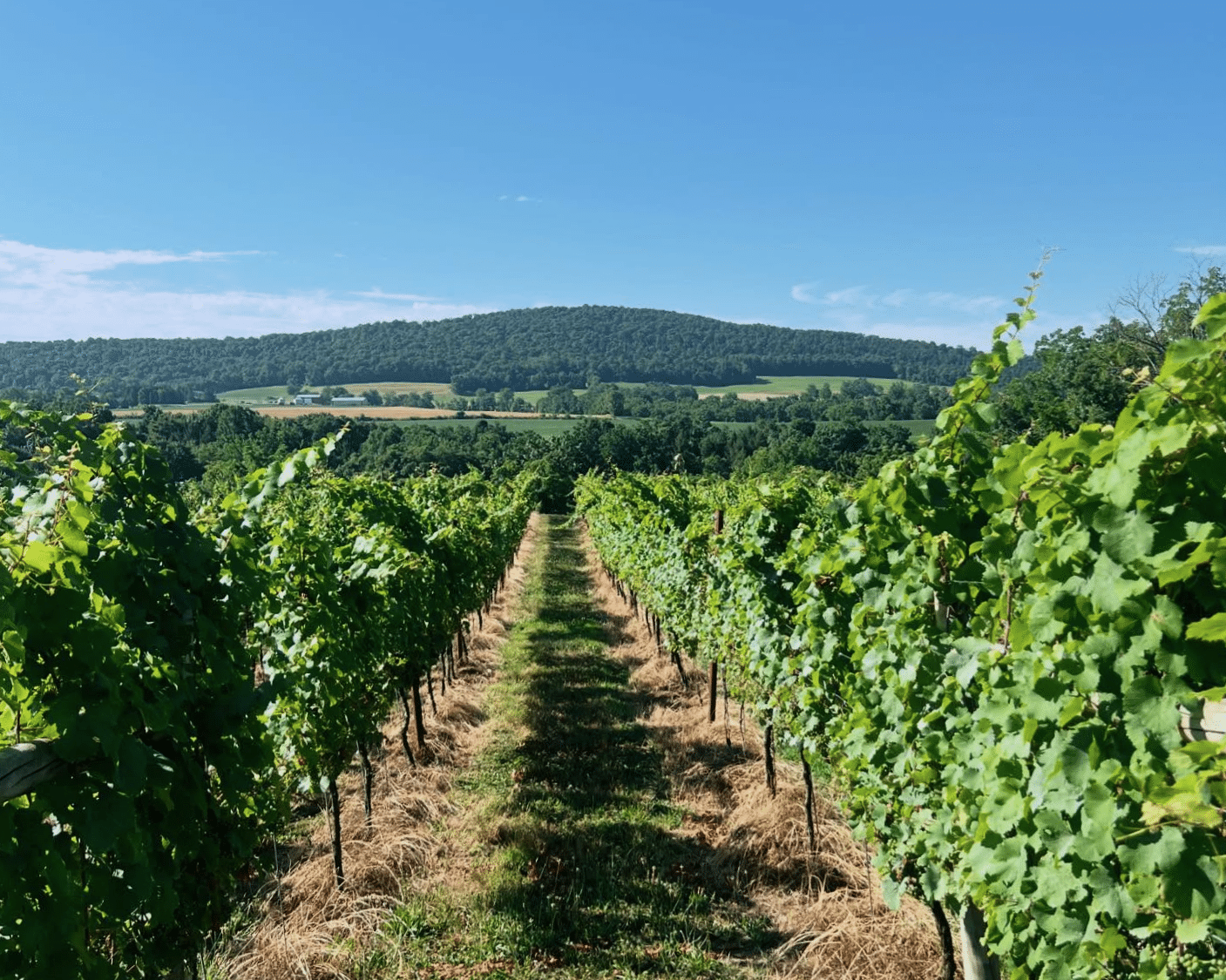
While fertile farmland may not work best for viticulture, the area’s shale content contributes to major advantages like drainage, mineral content and heat retention for the vines. Shale soil is common to the Susquehanna Lowlands, but certainly not a guarantee for every property. Wright says, “Pennsylvania does not have an incredibly consistent soil structure. Some wineries in Lancaster County, a couple of miles down the road, have completely different soil than us.”
The Susquehanna Lowlands are also marked by rolling hills and cliffs, a topography that’s well-suited for wine grapes. Armstrong’s two vineyard sites, Hilltop Vineyard and Shale Ridge Vineyard, both present higher shale content than you’re likely to find at lower elevations.
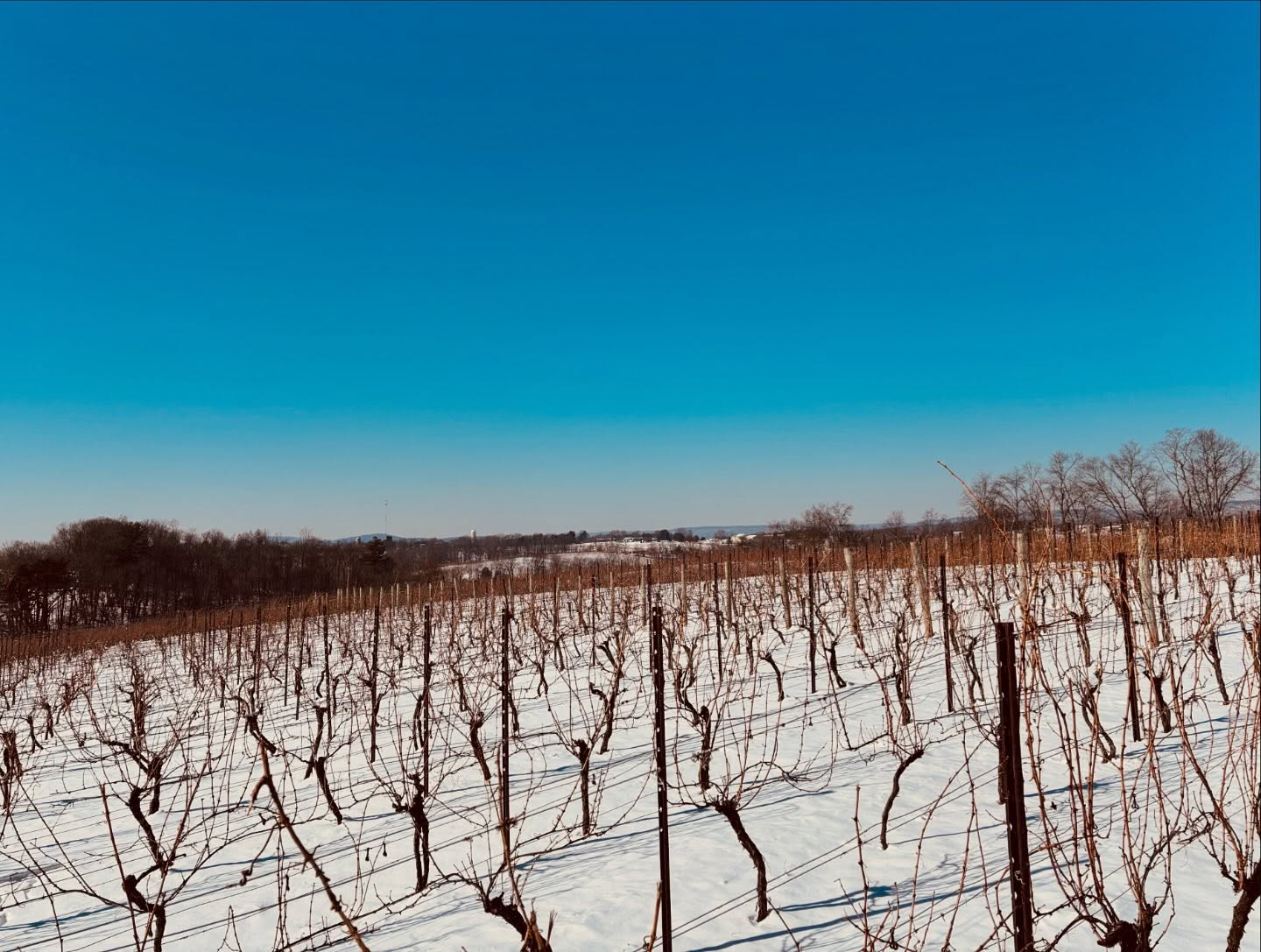
Finally, the harsh winters of the Susquehanna Lowlands (and Pennsylvania, in general) pose unique challenges. “Grapevines can only handle so much cold,” says Wright. “Even if the plants have survived a hard winter, they may not grow grapes on just the primary buds.” Grapevines have three buds each, with secondary and tertiary buds acting as less fruitful backups in case the primary buds perish in something like a freeze event. Viticulturalists in the region may invest in extra soil management, pruning and other methods to mitigate the effects of cold weather and support primary bud growth.
Carving a Niche
The wines of the Susquehanna Lowlands PVA are varied, reflecting the site-specific qualities impacting the grapes. Wright likens the region to Portugal, which produces a wide variety of great wine from hundreds of grape species, versus California with its distinctive bold Cabernet Sauvignons and elegant Chardonnays.
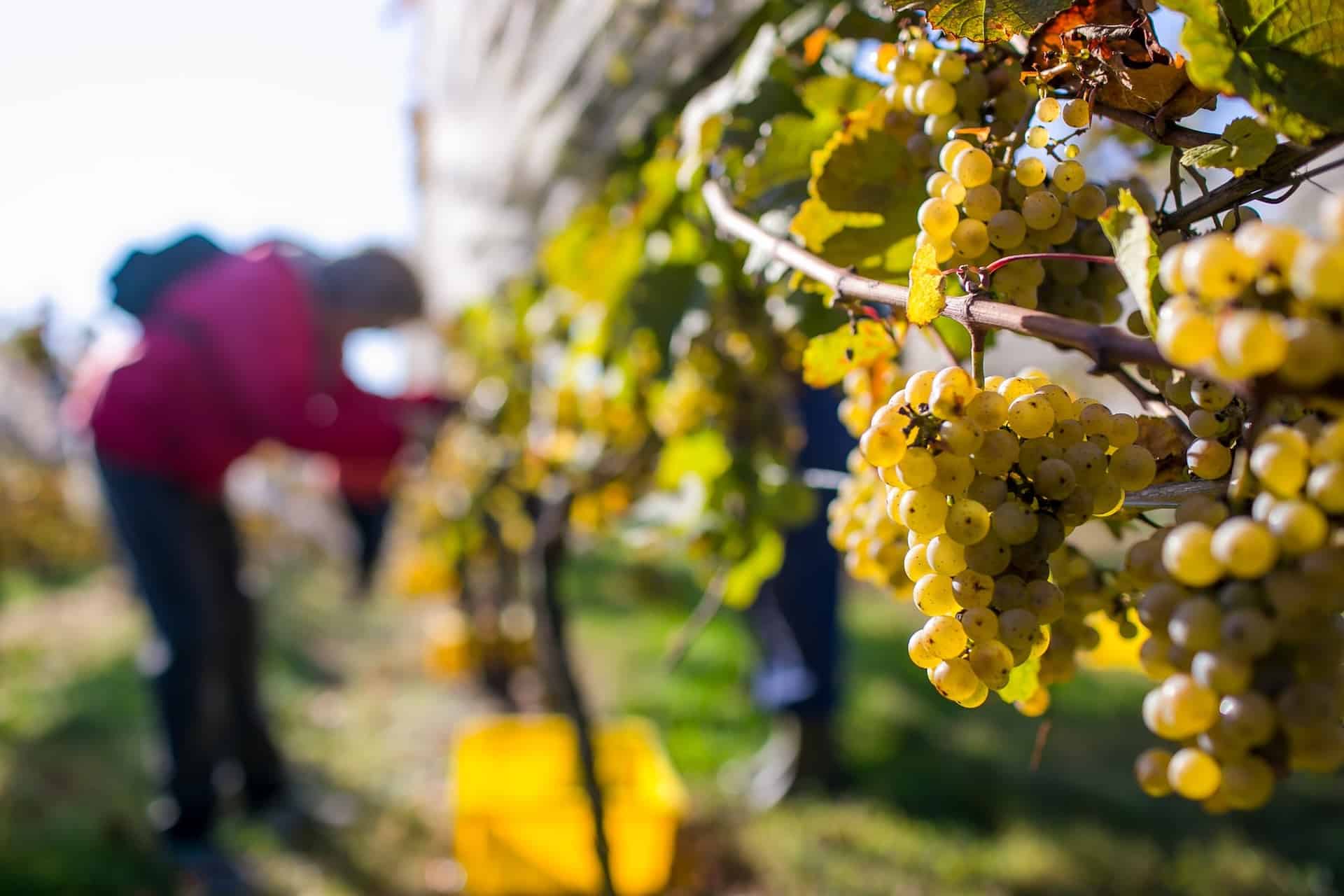
When it comes to specific grape varietals, Wright points to global regions with similar climates. “Grapes that are doing well in the Susquehanna Lowlands are oftentimes grapes from cooler climates. We can look at German, Austrian and Russian-style varietals to better understand what type of grapes might grow well here. There’s some interesting Riesling being produced in this area and hybrids designed to grow in cool climates,” he says.
In addition to its Hilltop Vineyard Riesling and Shale Ridge Vineyard Riesling, Armstrong produces a spectacular Sauvignon Blanc, recently designated top 10 in the state at the 2025 Sommelier Judgement of PA Wines. It’s crisp and nuanced, like a French-style Sauvignon Blanc rather than the bold, fruit-forward Australian style. You’ll find Riesling at nearby Fero Vineyards and Broad Mountain Vineyard and Riesling and Sauvignon Blanc at Shade Mountain Winery and Vineyard.
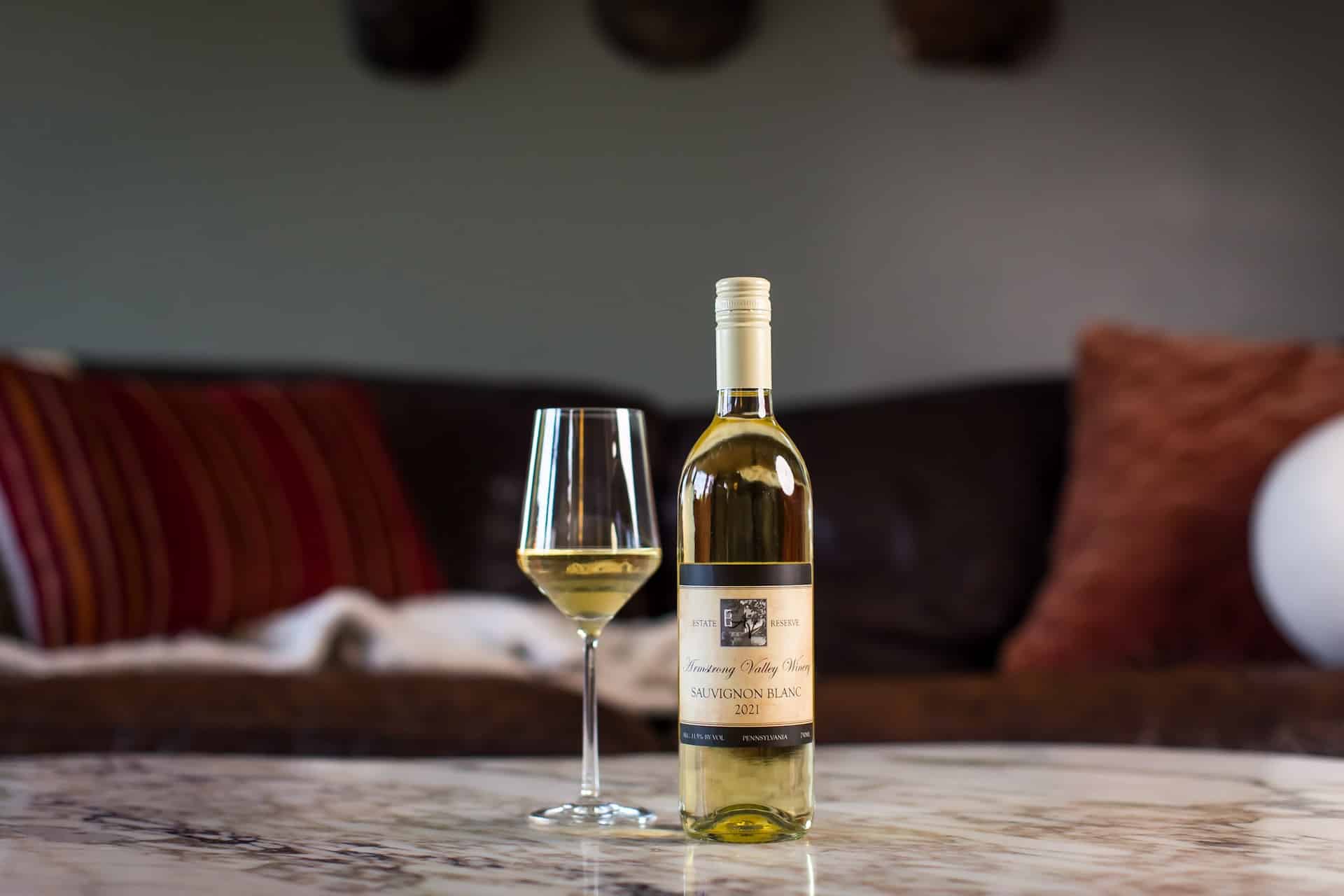
Armstrong also produces wine with Austrian powerhouse Gewürztraminer in addition to Chardonnay, both oaked and unoaked. Other vineyards working with cold-loving European grapes include Fero Vineyards with its lovely Grüner Veltliner and Shade Mountain Winery offering Gewürztraminer, Grüner and Edelweiss.
In the world of reds, Wright says, “We love dry reds here.” Cabernet Franc stands out for Armstrong, receiving numerous awards and accolades. Wright also says that the hybrid Chambourcin does very well, with its bold character and berry notes.
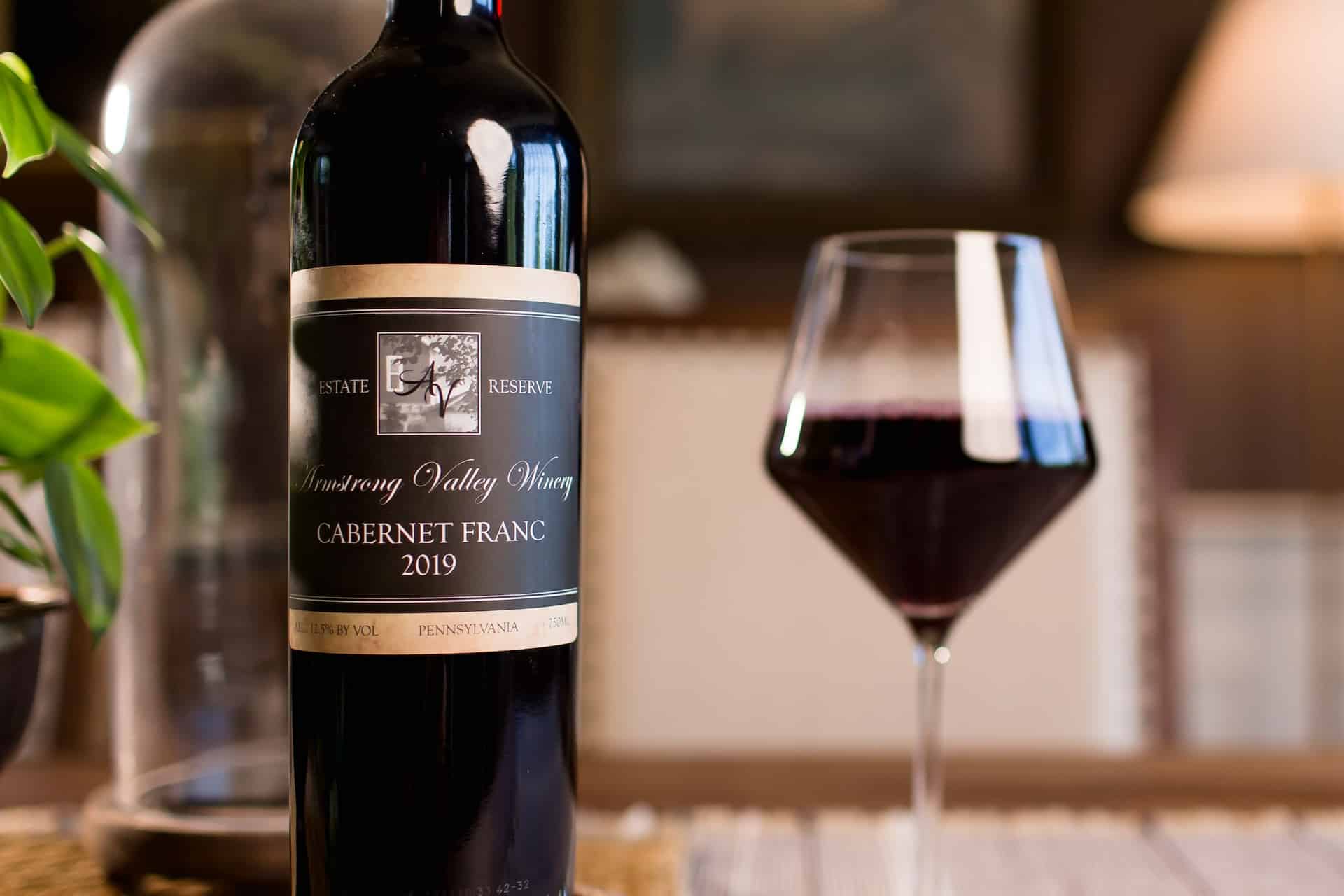
Although certain varietals seem particularly well-matched for the Susquehanna Lowlands, Wright is hesitant to deem any one wine as signature to the PVA. “I don’t want to characterize too much,” he says. “I think there will be more opportunity for that as we dig further into establishing these PVAS.”
Looking Ahead
As the Pennsylvania wine industry continues to refine its viticultural areas, the state’s reputation for winemaking is sure to grow. Compared with other international wine regions, it’s still very much getting started. Wright says, “It’s been a bit like the Wild West. We’re still trying to figure out details, independently, as vineyard owners with unique challenges. We’re still digging into what we can do, and learning about that.”
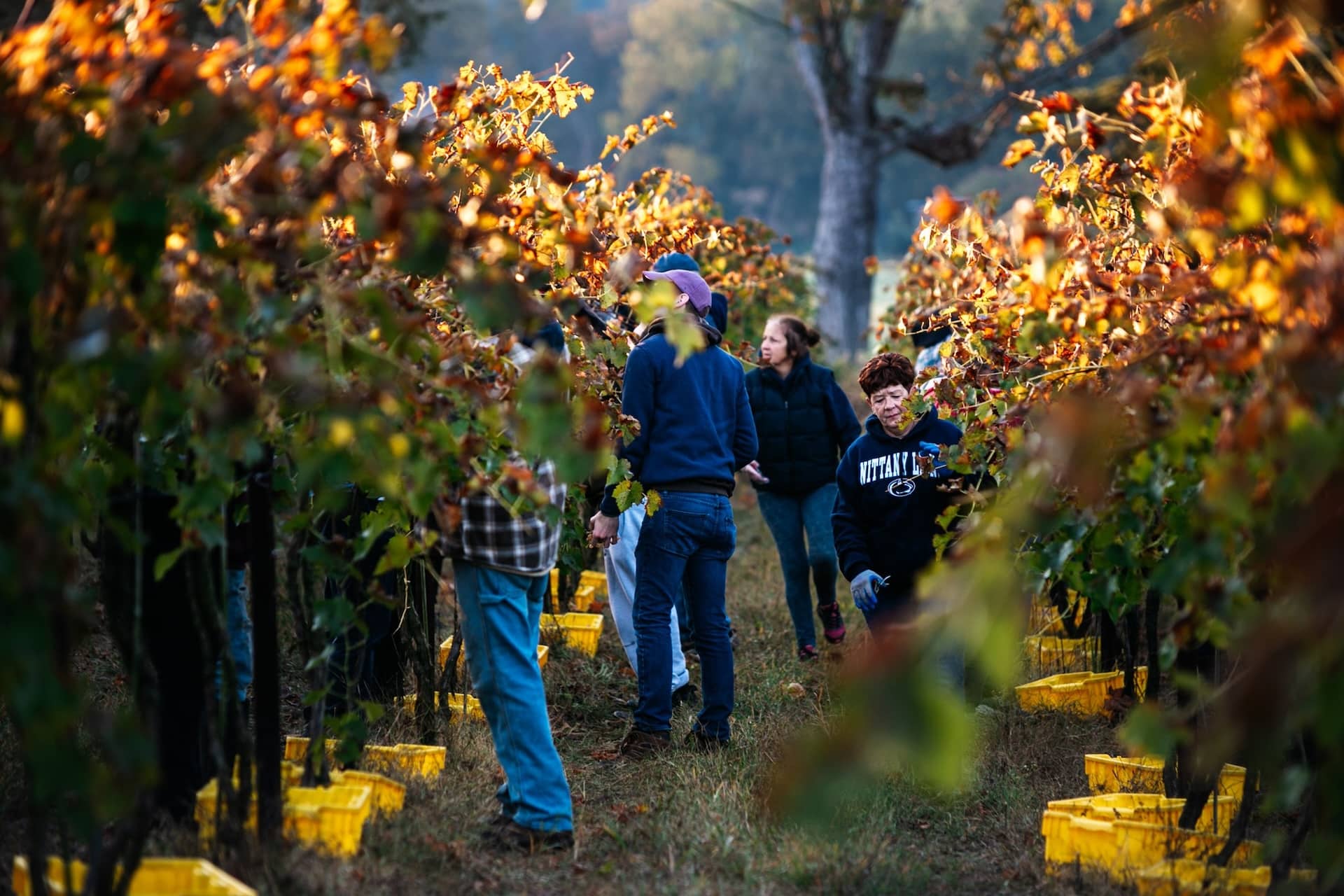
He says, “While we may spend a lot of time with our Cabernet Franc or Sauvignon Blanc, other wineries may not even have those planted. I think that allows us to experiment on behalf of the other wineries in the PVA to see what is possible and better determine where we can head as a region. Just because we have something planted now, doesn’t mean it’s always going to be in the ground. We’re working with living organisms, and there are opportunities for us to consider other options in the future. I think the biggest benefit of this may be 15 – 20 years down the road.”
By honing their craft and collaborating with one another more and more, the vineyard owners and winemakers in Pennsylvania are sure to advance the art and science of great wine in the Commonwealth. Wright says, “I don’t view any winemaker in Pennsylvania as my competition. I view them as my colleagues. We’re all working at this together.”
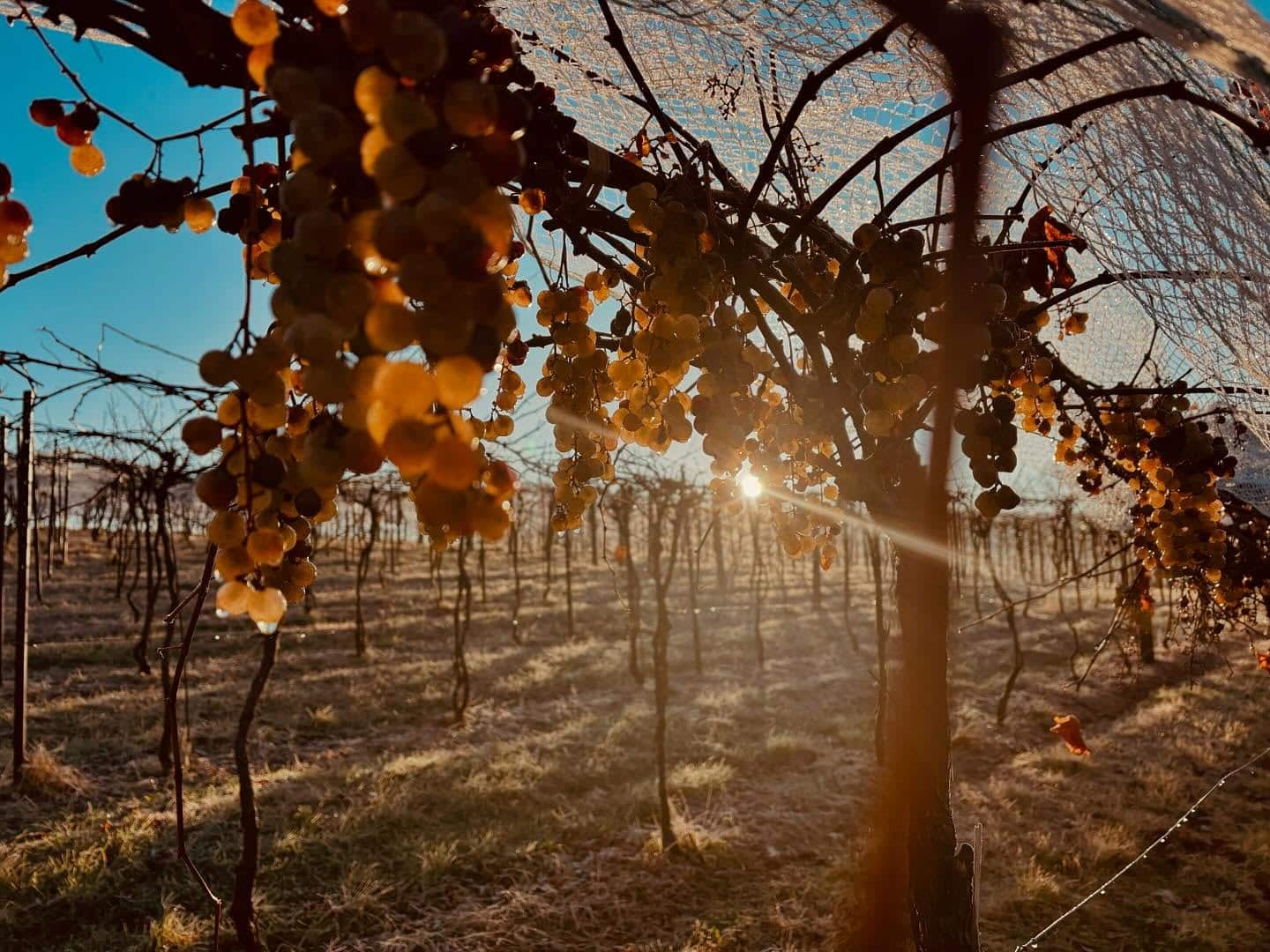
To taste the terroir of the Susquehanna Lowlands PVA, head to Armstrong Valley Vineyard & Winery, 212 Rutter Rd., Halifax; (717) 896-7700.
The PA Vines & Wines series was created in collaboration with the Pennsylvania Wine Association.
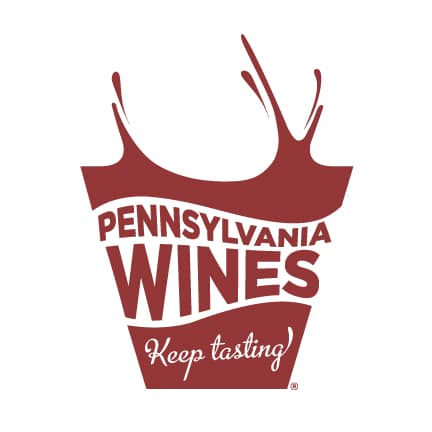
The Pennsylvania Winery Association (PWA) is a trade association that markets and advocates for the limited licensed wineries in Pennsylvania.
- River photo: Bigstock
- All other photos: Armstrong Valley Vineyard & Winery
